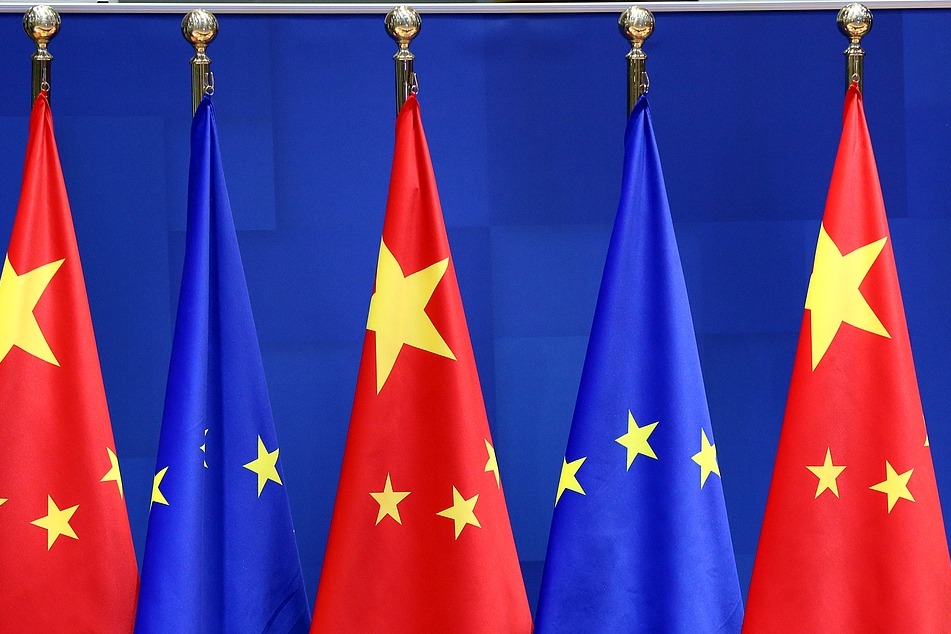Autonomous networks driving the progress of telecom sector


The telecommunications industry has built a global infrastructure that enables the seamless dissemination of information — in voice, text, audio and video — across the world. It serves as a key engine for technological innovation, industrial upgrading and social transformation. Autonomous networks (ANs), as a key driver of new quality productive forces for the telecom sector, are today the pinnacle of automation and intelligence, advancing the industry's progress and fostering sustainable growth.
First proposed by the TM Forum in 2019, ANs are expected to provide self-configuration, self-optimization and self-healing functions, and zero-wait, zero-touch and zero-trouble experiences for customers. By integrating emerging general-purpose technologies such as artificial intelligence, digital twins and big data, ANs enable intelligent management and optimization across the entire network lifecycle, reshaping the way value is created — from "device — and management-oriented" to "customer-, business — and service-oriented" results.
The TM Forum has defined the AN levels model, from level 0 to level 5, to help communications service providers (CSPs) assess their current capabilities and guide future development.
Each level represents a progressively higher degree of automation and intelligence. Level 1 (assisted autonomy) is akin to a vehicle with basic driver-assistance features, capable of issuing alerts but with most decisions and actions performed manually. Levels 2 and 3 (partial and conditional autonomy) resemble systems with partial self-driving capabilities, which are able to operate autonomously under certain conditions but still require human oversight and intervention. Level 4(high autonomy) corresponds to advanced autonomous systems capable of independently making decisions and taking actions in most scenarios, requiring human input only in exceptional cases. And level 5(full autonomy) represents fully autonomous systems capable of operating and making decisions in all scenarios without human supervision.
ANs are now at a pivotal transition point, moving from levels 2-3 to level 4. CSPs worldwide have devised strategies and worked out road maps to accelerate this shift. To guide their implementation, the TMF has identified high-value autonomous use cases focused on operations, assurance and optimization, which have been widely adopted by leading CSPs.
At the Mobile World Congress in 2025, China Mobile announced the deployment of eight level-4 high-value scenarios, selected through a value-driven framework. These include fully automated, intelligent provisioning of private networks and dedicated lines, reducing activation time from weeks to hours. And while China Unicom unveiled plans for a large-scale rollout of six level-4 high-value gigabit broadband and fiber-to-the-room scenarios, in order to enhance user experience and enable services like augmented reality/virtual reality-powered telemedicine and live sports streaming, China Telecom said it is set to commercialize seven level-4 high-value scenarios this year, emphasizing cloud-network integration and AI applications to drive process transformation.
Globally, CSPs such as Deutsche Telekom, Vodafone, AT&T and AIS have launched their own AN initiatives to improve performance, quality and customer experience. In fact, by 2030, most global CSPs are expected to reach AN level 3+ or level 4. On the other hand, Chinese CSPs have already reached the initial stage of level 4, making significant progress in key scenarios such as 5G consumer services, enterprise cloud-network convergence, and private 5G networks. They have also set a clear target of reaching the final stage of level 4 by 2027.
ANs are a complex engineering system facing bottlenecks from both limited intelligence enhancement and resistance to faster progress. Currently, AI powers ANs through AI assistant, which integrates intelligence into workflows with minimal autonomy; AI monitor, which focuses on providing knowledge and suggestions, offering some autonomy and less active intervention; and AI agent, whose aim is to independently understand the goals and execute tasks, displaying the highest level of autonomy.
Studies show that AI assistant could peak at level 3.58 by 2029, AI monitor may reach level 3.87 by 2030, and AI agent could reach level 4.46 by 2031, with the potential of achieving higher levels, making AI agent the only viable path to achieve advanced ANs.
AI agent is a key means of continuously advancing the role of AI+, by integrating AI into the core business workflows of every industry, while AN agents serve as catalyst for the evolution of ANs toward the advanced level 4+ stage, which allows the network to operate with minimal human intervention, facilitating the innovative allocation of production factors in the telecom industry.
The AN agents are expected to create a new enterprise operating framework that is data-driven and intelligence-powered. At the organizational structure level, the legacy department-centric vertical management model is expected to gradually evolve into a "data-business dual-drive" architecture, and at the organizational culture level, the AI and data democratization trends driven by agents is likely to reshape the organization's value system.
And at the business level, the network-as-a-service model based on agents is expected to accelerate the incubation and development of markets such as remote healthcare and online education, significantly reducing the digital transformation costs of small and medium-sized enterprises and helping form a positive cycle of "technological inclusivity, industrial upgrading, and improvement of people's livelihoods".
As a new quality productive force in the telecom industry, ANs will redefine the value of telecom networks, reflecting a shift from legacy network connectivity supply to intelligent network services, and from network resource management to value creation.
But to overcome the challenges facing ANs, including the security of large language models and agents, as well as data privacy concerns, the telecom industry needs to make collaborative efforts to ensure the healthy and sustainable development of ANs. Once that is done, we are confident that ANs will help accelerate the high-quality development of the telecom industry and society.
Li Huidi is executive vice-president of China Mobile Communications Group Corporation; Ouyang Ye is a fellow at the Institute of Electrical and Electronics Engineers; and Joseph Sifakis is the 2007 Turing Award winner and foreign academician at the Chinese Academy of Sciences.
The views don't necessarily reflect those of China Daily. If you have a specific expertise, or would like to share your thought about our stories, then send us your writings at opinion@chinadaily.com.cn, and comment@chinadaily.com.cn.


































